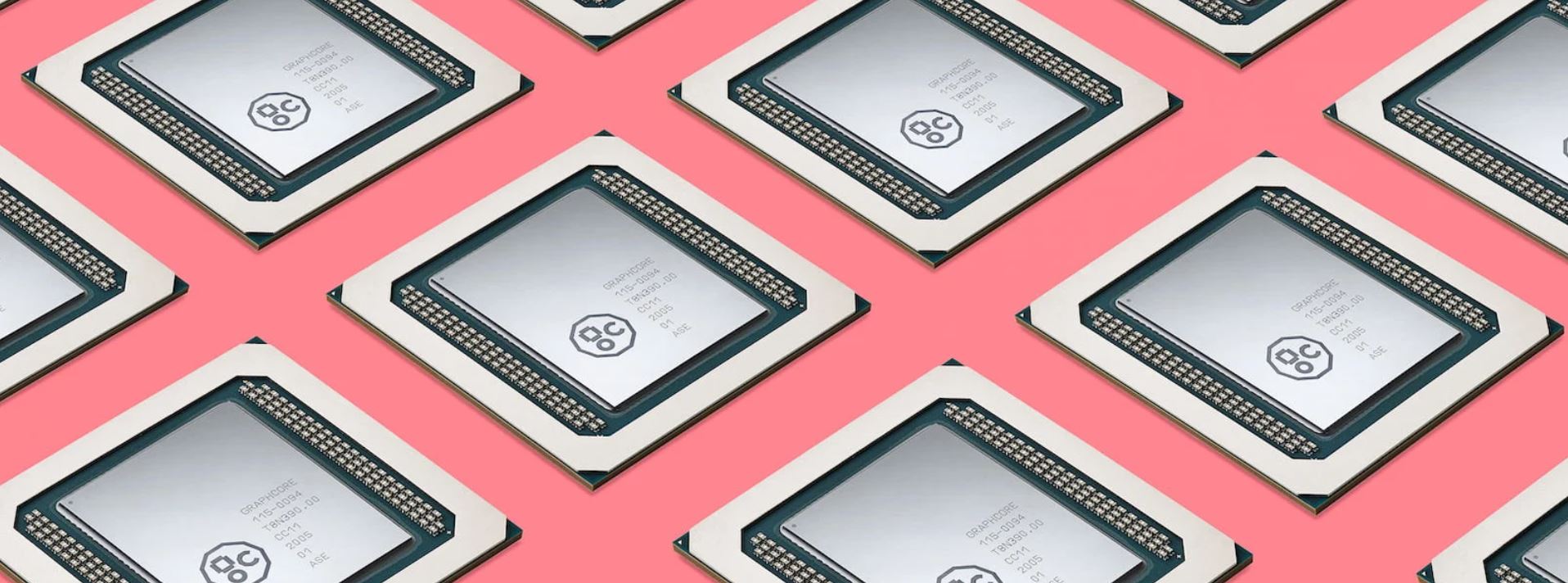 Nvidia recently hit a major milestone by topping a $4 trillion market valuation—a rebound from earlier setbacks that highlights just how unpredictable our tech landscape can be. Other key players like AMD and China’s Huawei are also showing strong financial performance, keeping the AI chip race incredibly competitive.
Nvidia recently hit a major milestone by topping a $4 trillion market valuation—a rebound from earlier setbacks that highlights just how unpredictable our tech landscape can be. Other key players like AMD and China’s Huawei are also showing strong financial performance, keeping the AI chip race incredibly competitive.
The chip industry has long leaned on AI, but if you’ve ever felt the pinch of uncertainty in tech investments, you’ll understand the current worry over sustainability. Experts such as Nobel laureate Demis Hassabis have noted that the pace of progress isn’t what it once was, and Andreessen Horowitz warns that AI model improvements have stalled. One possible explanation? The dwindling supply of fresh digital data means developers are increasingly turning to synthetic alternatives, which just don’t hit the mark in the same way.
AI’s development is an expensive journey—training advanced models can set you back billions, with many companies starting to pull back on spending. Giants like Microsoft, Meta, AWS, and Google have all reduced their GPU orders, signaling caution. This rise in chip production costs, combined with smaller performance gains, leaves regular consumers sceptical about paying more when AI isn’t a guaranteed ticket to the future.
In response, governments have invested billions in boosting domestic chip industries, hoping to stave off economic and geopolitical fallout. Yet a slowdown in AI could force a strategic reevaluation by Big Tech. Policymakers will need to find a sweet spot, making it easier to access critical resources—data, chips, power, and cooling—while ensuring that copyright, data protection, and energy regulations don’t stifle progress.
For investors, this might be the time to explore alternative AI approaches that demand less data and infrastructure. Meanwhile, the chip industry is wise to diversify beyond AI, reducing the cost of advanced chipmaking through collaborative R&D, investments in chiplets, advanced packaging, and reconfigurable hardware. Supporting open standards and offering subsidised facilities for design and fabrication could help smaller enterprises compete without skyrocketing costs.
Ultimately, the future of chips and AI are inextricably linked. Striking a balance between innovation, investment, and cost efficiency will be key—not only for industry leaders but also for everyday consumers who depend on reliable, affordable technology.








